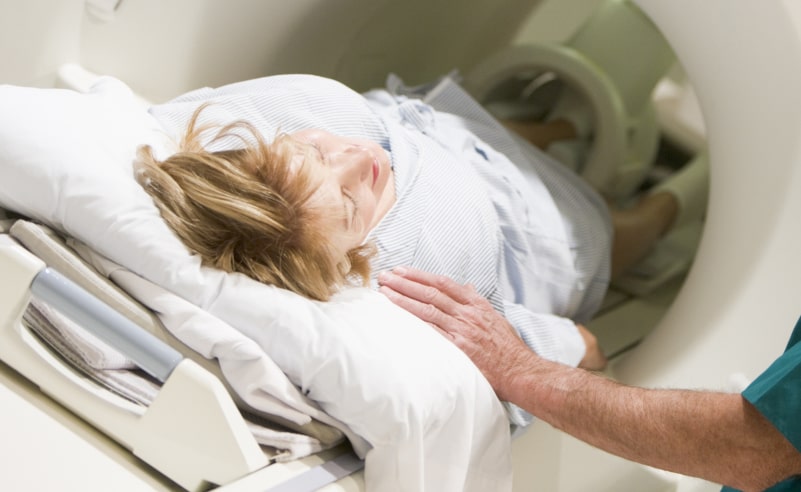Perihilar carcinoma, also known as Klatskin’s tumour after the scientist Gerald Klatskin, who first identified tumours in this area in 1965, originates from either the right or left bile ducts of the liver or the junction of the bile ducts (hepatic hilus). Unfortunately, the disease is typically detected in advanced stages due to late manifestations, leading to an unfavourable long-term prognosis. Although liver resection with a healthy surgical margin is the only treatment option offering a chance for long-term survival and eventual cure, it is only feasible in a small number of patients diagnosed at an early stage.
Perihilar cancer can develop due to various risk factors, including bacterial or viral infections, alcohol consumption, primary sclerosing cholangitis, chronic pancreatitis, cholelithiasis, as well as cysts of the main bile duct.
One of the specific characteristics of perihilar tumours is that they do not show symptoms for an extended period, remaining clinically silent until the first appearance of jaundice, often the only symptom.
Due to unavailability, biopsy is rarely performed.

Surgical treatment is the only potentially curative method. This procedure involves the removal of the bile ducts outside the liver, resection of either the left or right liver together with the caudate lobe, an associated lymphadenectomy, and the reconstruction of the bile ducts with the small intestine. Since it is a highly complex surgical intervention, sometimes requiring vascular resection of a vein or artery, patients must be in good general condition, and the remaining part of the liver must have adequate volume to take over its function after surgery. Therefore, preoperative percutaneous drainage of bile is applied to resolve jaundice, and portovenous embolization, an interventional radiological procedure that stimulates the growth of the liver remaining after surgery. For patients in whom operative treatment is not feasible, palliative chemotherapy or radiotherapy is applied to improve their quality of life and prolong their survival.